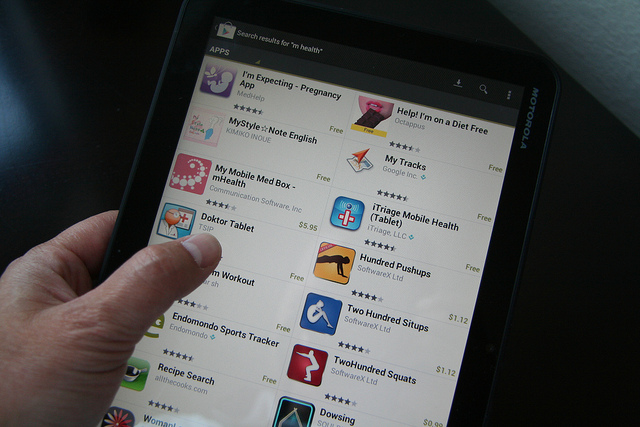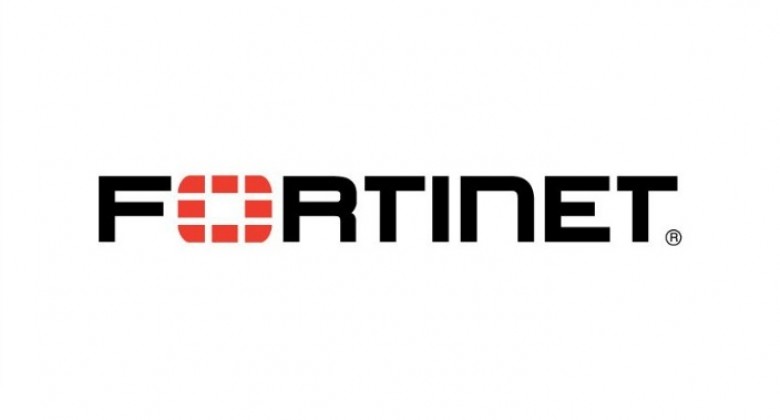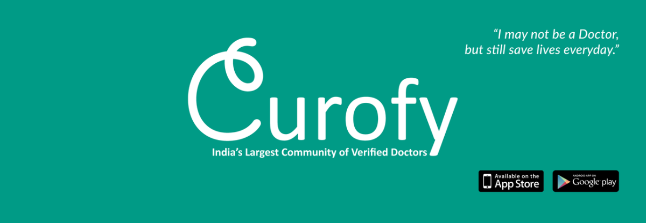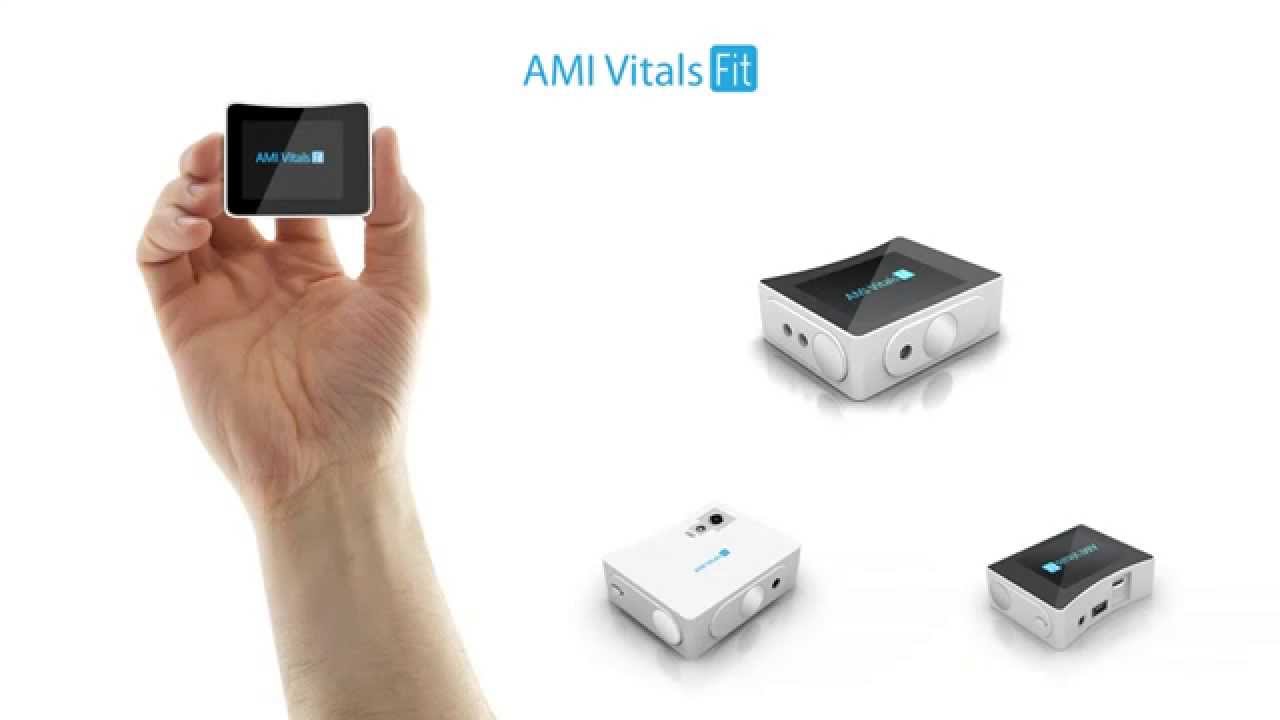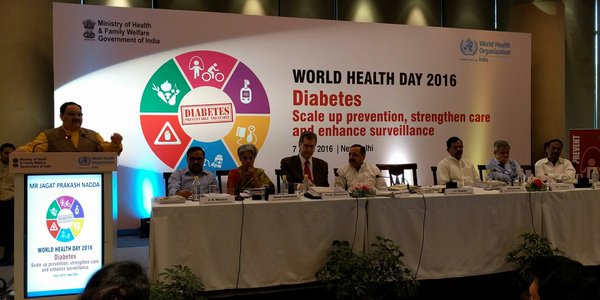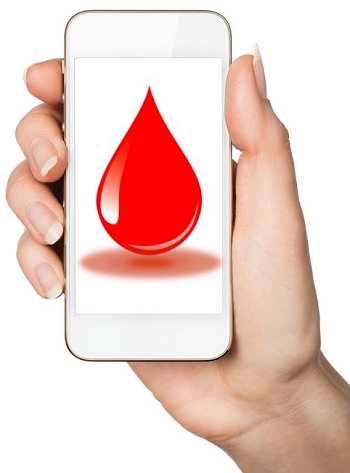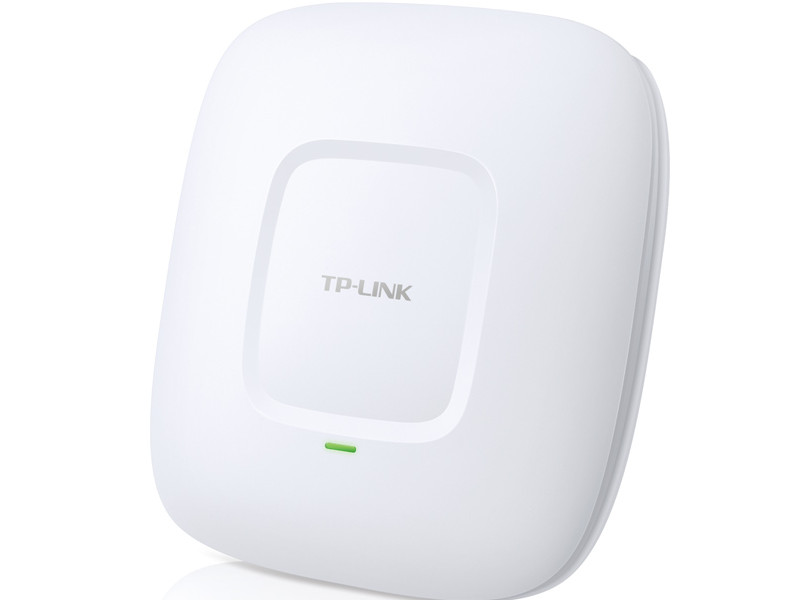Physicians and surgeons at Rochester General Hospital have used a robot to conduct about 500 remote exams at Newark-Wayne Community Hospital since October 2007. Equipped with video camera and TV screens, the robot allows the doctor and patient to see one another while the doctor maneuvers the 4-foot robot via a joystick on a laptop at Rochester General. The technology allows physicians to connect remotely with patients without having to travel the 40 miles from Rochester to Newark. For patients, it means getting treated close to home by specialists in dermatology, bariatric surgery, cardiology, endocrinology, plastic and vascular surgery, urology and a number of other areas. “It really extends the specialist’s hands,” said urologist Dr. Ralph Madeb, medical director of the new Department of Telehealth at Rochester General. Using the robot, doctors may be able to give timelier treatment and avoid transfers to Rochester hospitals from more rural facilities, he said. The robot could be part of the solution to the growing problem in the Rochester area health care system: Rural hospitals have empty beds, in part because they don’t have the volume of patients to attract specialists. Rochester hospitals, staffed with specialists, have too few beds, often causing long waits and other problems for patients. In July, the Finger Lakes Health Systems Agency’s 2020 Commission, an 18-member committee of health-care experts, recommended what hospitals should do to address the issue. In addition to adding more beds to Rochester hospitals, the commission advised closer cooperation among hospitals and more reliance on technology to bridge the gap between patients in rural areas and medical specialists in the urban hospitals. “Everyone is looking for those relationships,” said Sarah Trafton, Finger Lakes Health Systems Agency associate director. In fact, the recommendations cite the affiliation between Rochester General Hospital and Newark-Wayne Community Hospital as a model for other hospitals to use in improving health care. “It offers real promise going forward,” said Trafton. The goal is to eventually have robots at other facilities, such as Clifton Springs Hospital & Clinic and Thompson Hospital in Canandaigua. “Robots technology is very good,” said Cindy Gordon, a nurse who coordinates the telehealth program at Rochester General. “Wherever there is a wireless network you can move that robot.”The Newark-Wayne robot, which some in the intensive care unit call Edith, may be the first of its kind in the Northeast and one of only two in the nation. The robot cost USD 200,000 and was paid for with a state grant. “It is very exciting,” said Cindy Robinson, a nurse at Newark-Wayne. She gave an example of how the robot recently helped a patient and staff. Robinson, who grew up in Naples and now lives in Geneva, said she was on duty the night a father of two toddlers entered the emergency room in terrible pain. He had recently undergone surgery for a hernia and was afraid something had gone wrong, she said. The specialist he needed to see was at Rochester General. Thanks to the robot, said Robinson, he didn’t have to be transported to Rochester, wait to see the doctor, or go through any of the other inconveniences. Robinson said the doctor was able to make a diagnosis using the robot and the man recovered comfortably at Newark-Wayne. The dad “was so grateful,” said Robinson. Plastic surgeon Dr. Ralph Pennino has been using the technology and predicts it will become more common in coming years. “You can do an exam and pretty much everything you want through this (robot),” he said.The video screen “head” of the robot has the ability to zoom in on patients. Madeb said some worried that doctor-patient interaction would be lost and patients wouldn’t like the robot, he said, but that doesn’t seem to be the case. The doctor and patient are still face-to-face and the doctor can see a problem area, if necessary, he said. The robot and the video screen have the ability to rotate 360 degrees, and the robot can move forward and back. The robot also includes a telephone, if a more confidential consultation is needed, and a printer, advanced head gear, and even a digital stethoscope. The unit can also upload X-rays, Madeb said.

Be a part of Elets Collaborative Initiatives. Join Us for Upcoming Events and explore business opportunities. Like us on Facebook , connect with us on LinkedIn and follow us on Twitter , Instagram.


